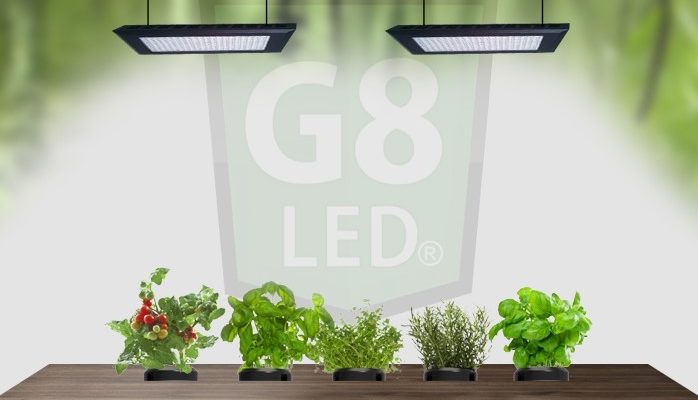
If you are passionate about gardening and want to grow different plants in an indoor garden, you will first need to get the proper grow lights.
One of the best solutions is to create your indoor garden by using the best LED grow lights.
New users tend to make mistakes or overlook some critical points, thinking of them as trivial. However, these mistakes can cause damage to the plants and cost you lots of money. Some of the errors overlooked by indoor plant growers include:
Incorrect light distance
LED grow light users who do not keep the correct distance between the lights and plants will have difficulty with their indoor grow. The plants can experience stunted growth bleaching if the distance is shorter than required. If the lights are placed too far from the plants, the plants will grow tall and lanky.
Inadequate Amount of Light
Calculated the amount of light needed by determining the total grow area that needs light coverage. A 240 watt LED grow light will be sufficient to cover an area of 6 square feet. For more detailed information regarding the amount of light needed, visit Dorm Grow LED.
The Distance between the Plants
The correct distance between the plants will determine how they grow. When starting, plan for a full-sized plant, so you have enough space and lighting for when the plants get larger. Plants are at a specific distance; as the plants grow, they need space to expand themselves.
Using Substandard Materials
To save money, some indoor growers end up using resources that are low in standard or quality. They ignore this vital factor and use low-quality seeds, inappropriate pots, or low cost grow lights. Doing so will negatively affect the grow and the yield of the crop, and in the long run, these items will need to be replaced.
Light Cycle of the Plant
Some growers use a 24 hour period of growing, thinking that the extra hours per day of light will force the plants to grow more hours each day. This misconception can harm the plants as they do not have any time to recuperate. The ideal growing period is 18 hours during the first phase of growth, followed by 12 hours during the flowering phase.
Taking Care of the LED Grow Lights
To get the most lifespan from your LED grow light, keep it clean and dry. Do not allow dust and dirt to accumulate in the light as these act as an insulator and do not let the light cool off properly. Keep the lights dry, which mean do not have an overly humid grow environment. Be mindful of foliar spraying, to make sure the spray does not hit the lights.
Over-watering Plants
Plants grown with LED grow lights use less water than plants grown under high-pressure sodium bulbs. LEDs are more efficient, so they do not waste energy as excess heat. This is good for the plants because the lights will not dry out the soil and the leaves. Therefore, adjust the watering schedule down when switching from traditional grow light bulbs to more efficient LED grow lights.
Over-pruning of the Plant
Although pruning of leaves is beneficial to the plant, do not overdo it. Remember that the leaves are the food production centers of the plants and if you prune too many, there will not be enough photosynthesis to grow a vigorous plant. Over pruning will result in fewer leaves and less photosynthesis, which is essential for plant growth.
Harvesting too early
Sometimes waiting for the plant to reach its full growth is a nerve-wracking process, so growers harvest the plant too soon. Having a little patience can go a long way here. Waiting an extra week or two can add much weight to your overall yield.
Avoiding these Mistakes
An indoor gardener can easily avoid making these mistakes by paying attention to specific details. When you make preparations note down the proper distance between plants, and the amount of light required, select good quality products and follow through with your grow.
LED Grow Lights have made indoor growing fun and convenient for every type of indoor grower.
Leave a Reply